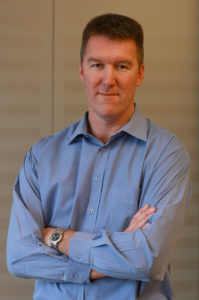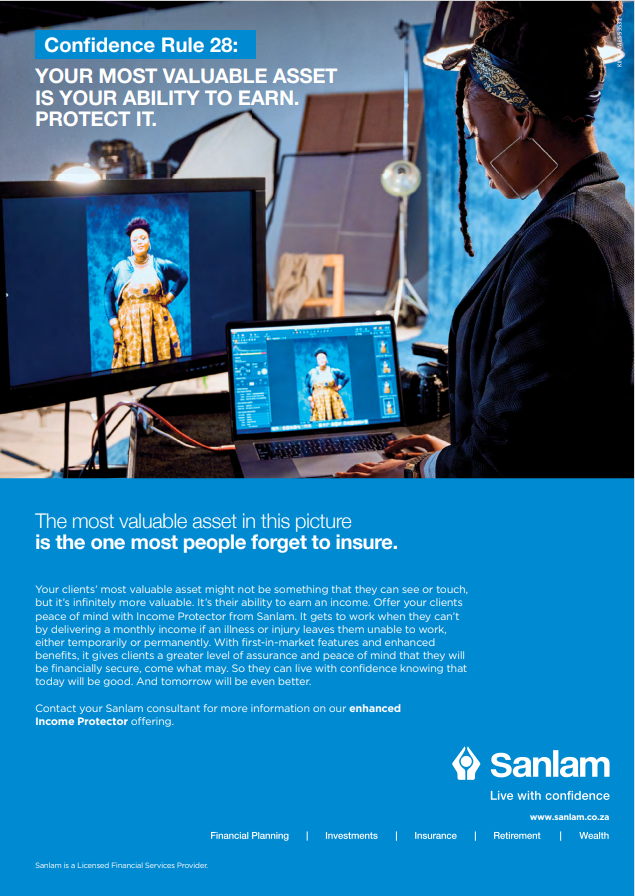Petrie Marx, Product Actuary at Sanlam Individual Life

By 2030, the percentage of people aged 35 to 64 years who will die from premature cardiovascular disease (CVD) is expected to rise by 41%. Accounting for 14 million South Africans, millennials make up a significant portion of this group, and by the time they realise they need to protect themselves from the financial fall-out of CVD, they may be uninsurable. This is where intermediaries can make a massive difference through proactive advice and risk mitigation.
Advisers have a critical role to play in convincing younger clients they need cover, especially for the curveballs no one wants to think about. Once a big health event happens, it’s usually too late – cover may be inaccessible. Millennials who plan poorly for the financial fall-out of this may place their health and their financial future at risk.
CVD is a serious concern from a financial planning perspective says Marx, noting that it was the leading cause of Sanlam’s death and funeral claims in 2020, before the full effect of the Covid-19 pandemic was felt. It was also responsible for 8% of all disability claims during this period and heart-related diseases accounted for a combined 20% of all severe illness claims. It’s consistently one of the country’s biggest killers and over half of all CVD-related deaths occur before age 65. The good news is that 80% of these should be preventable, through positive lifestyle shifts.
Here are some of the ways brokers can help clients mitigate the financial fall-out of big health curveballs:
- Cut through the ‘it won’t happen to me’ mind-set: It’s not about fearmongering. But it is about sharing real, relevant stories to encourage millennials to see what can happen when no policies are in place. For example, Blaine Swarts, a risk specialist at Sanlam, is now determined to share his story to remind millennials they’re not bullet-proof. Blaine had his first heart attack at age 39 and his second at 49. He was convinced heart attacks only happened to ‘old people’, so had no policies prior to the incidents. After the attacks, he wanted cover, but was now considered uninsurable. His story is not unique. In 2020 and 2021, 23.5% of Sanlam’s approved severe illness claims for myocardial infarction were from people under the age of 40. During the same period, this group accounted for 9.5% of admitted dread disease claims for myocardial infarction. It’s imperative there’s more awareness around the impact of major health curveballs on personal finances and people’s insurance prospects.
- Build the foundation: Advisers can play a pivotal part in ensuring young clients bolster their resilience through medical aid, gap cover, income protection, severe illness cover, and an emergency fund.
- Know the risk factors: While advisers aren’t health professionals, they should be versed in the key factors that increase clients’ risk for big health issues like CVD, especially in so far as these influence premium prices. For example, smoking is the single most preventable cause of disease, disability, and death in the world, according to the UN. Smokers have a 2 to 3 times greater risk of dying of a heart-attack than non-smokers do. Because of this increased risk, a smokers premiums are generally more than double that of non-smokers. Being overweight can also be an early warning signal for diseases like type 2 diabetes. It’s important to be able to relay information like this to clients.
As a financial adviser, you play a critical role in helping your clients create a holistic roadmap to ensure a strong foundation is in place to protect against life’s curveballs. No one is bulletproof, so it is important to plan for the worst while hoping for the best.


